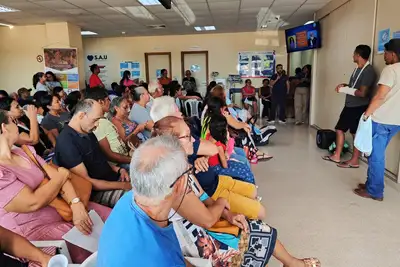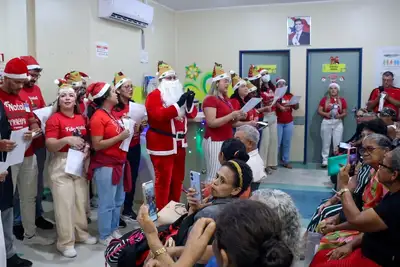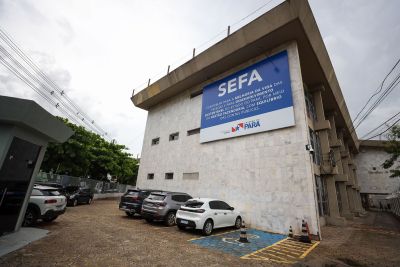Transamazon Hospital sets new satisfaction record, with 99.88% approval
Unit reaffirms status as the largest health center in the southwest region, a reference for 500,000 people
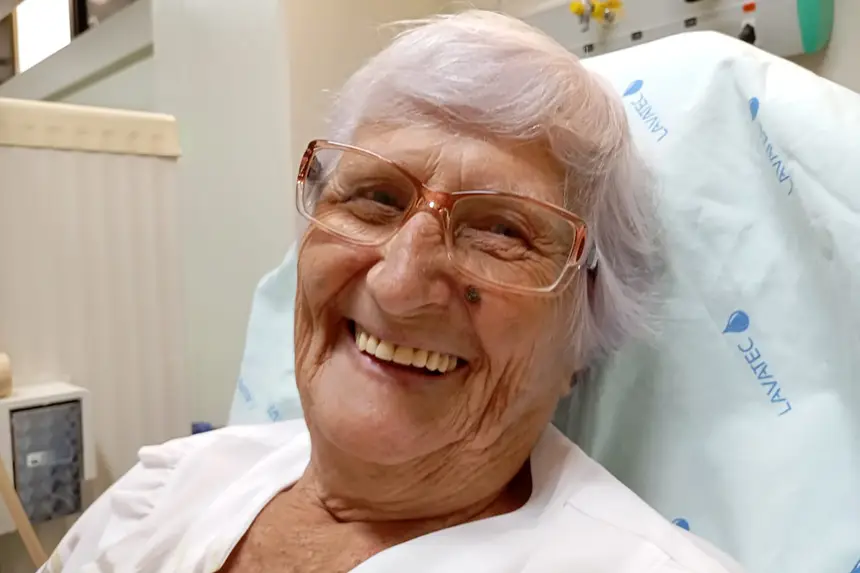
At the age of 84, retiree Verônica Dela Justina Schuelter hopes to have a long road ahead, and with health. To achieve this, she strictly follows her medical treatment. "There are three days of hemodialysis: Monday, Wednesday, and Friday," explains the farmer who travels every week from Brasil Novo to Altamira, in the southwest of the state, where she receives care at the Transamazon Regional Public Hospital (HRPT). "For me, the service is excellent. For me, it's a 10, and I am very well taken care of, thank God," she celebrates, recalling that in February she will complete two years as a hemodialysis patient.
Another person who relies on the Transamazon Regional Hospital to restore health is Hadassa de Jesus. At just five years old, the girl has already undergone three surgeries. The last one was on her intestine, in Belém, but upon returning to Altamira, Hadassa had to be referred to the HRPT. "She had complications, a very swollen belly, and a lot of abdominal pain. We went to HGA [Municipal Hospital of Altamira], and the doctor urgently requested her transfer here," details her father, Márcio Gleison de Jesus. The care, the farmer celebrates, brought immediate effects. "Since she arrived here, she has been improving well, she is much better," he assured.
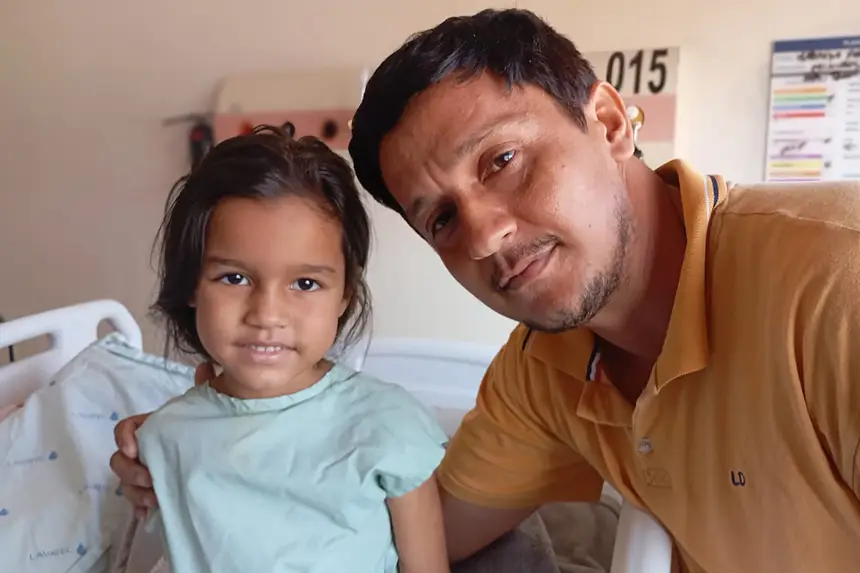
Retiree Verônica, little Hadassa, and her father, Márcio Gleison, contribute opinions to the most recent survey on service quality at the Transamazon Regional Public Hospital. The survey shows the scenario from September. The User Service (SAU-Ombudsman) indicates that 99.88% of patients and companions reported being satisfied or very satisfied with the unit. This rate is the highest of the quarter (July, 99.80% and August, 99.82%).
International Goals
With over 20 specialties focusing on medium and high complexity care, the HRPT continues to be the main health reference for more than 500,000 inhabitants of nine municipalities that are part of the TransXingu axis, who always expect quality, which is why the hospital monitors the satisfaction level daily. To reach the September data, the HRPT Ombudsman interviewed 1,053 patients and companions. Areas such as Emergency Care, Outpatient Clinic, Hemodialysis, Surgical Center, and Neonatal and Pediatric ICUs stand out in all surveys, with humanization being one of the most pointed qualities.
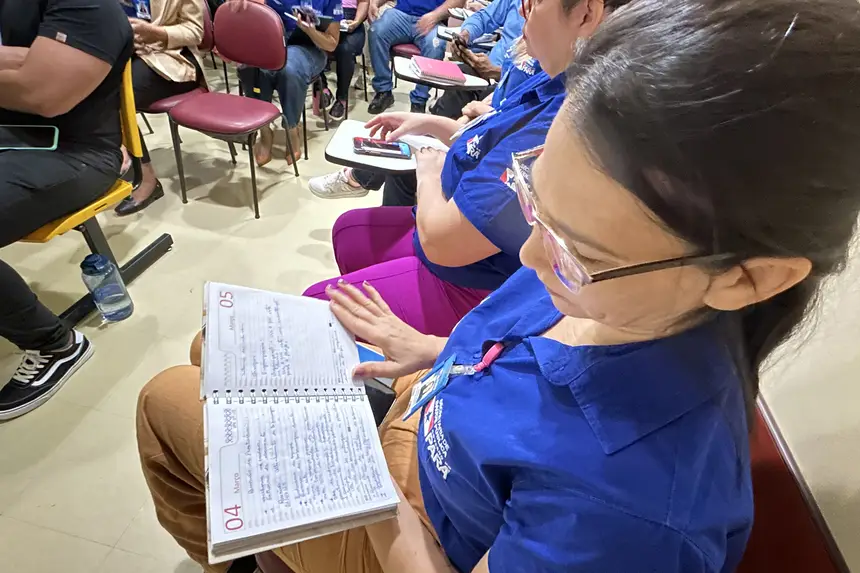
"I asked for just a minute of attention, but here they gave me all the attention in the world. This is a highlight for the Transamazon Hospital," praises Alberto Silva. The singer from Pacajá was accompanying his wife during exams when he made a point of recording his impression of the HRPT. Compliments, like Alberto's, or even criticisms, as well as suggestions, can be made directly at the hospital or through OuvSUS, at number 136. The HRPT also provides the survey at the bedside, when the patient, even bedridden, can evaluate the unit with teams that move to the wards.
The transparency that the HRPT uses to cross and disclose data acts as a thermometer and helps in maintenance, comments the assistant director, Rosivânia Barros. "The SAU-Ombudsman is a secure, result-oriented, and reliable channel where the user can express both their level of satisfaction and dissatisfaction. And this level we have reached is due to the assistance that meets the patient safety requirements," she emphasized. The director also mentioned that maintaining positive numbers is a mission that motivates employees to "provide dignified, quality, and safe assistance to the user every day, with the certainty that we are providing the correct care, within international goals."
Everyone is heard and their demands are forwarded
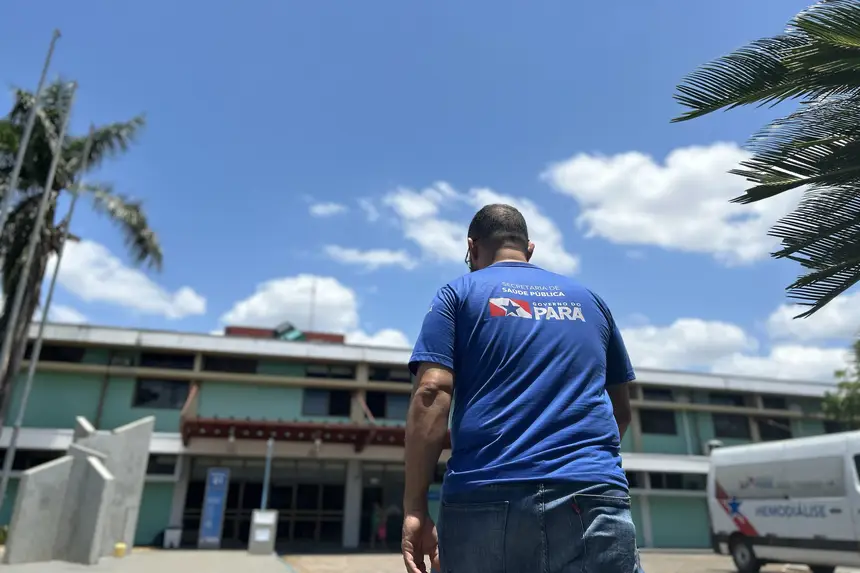
User Service Supervisor, Thaís Oliveira leads the team responsible for receiving compliments and suggestions, as well as tabulating the data used in internal communication, which can be read and shared by patients and companions. The HRPT is also open to criticisms, which are used as a tool for improvement, highlights the supervisor. "No criticism is ever left aside. This is not seen as something negative because, from a manifestation, which can be individual, we use it as a management and improvement tool. We understand that an individual complaint can become a collective benefit, which is why we contact the sectors and also our general management to help us find solutions," she explains.
For 18 years, since the Regional Hospital was established in Transamazon, doctor Leonardo Rodrigues has been working at the unit, currently in the position of technical director. "The Regional Hospital has, among all nine municipalities that make up Xingu, the infrastructure and professionals necessary to perform the most complex procedures, which is why this hospital is important for the region," he emphasizes. The director also points out that the HRPT is a reference for users and the population, due to the size of the structure, "for the number of people it employs and for the training function of many professionals who arrive."
Physical structure and professional training are details that would not be relevant without the word that serves as a mantra: humanization. "We have a humanization group that works with patients and companions and also with employees, so they can add and have a more compassionate view of this health moment for the person and their family," says the director who has daily contact with patients, like retiree Verônica. "In the past, if something like this happened (renal problems), we wouldn't survive because there was no care, no machines, nothing. Thank God today it's good," concluded the patient.
Text: Rômulo D'Castro - ASCOM/HRPT


